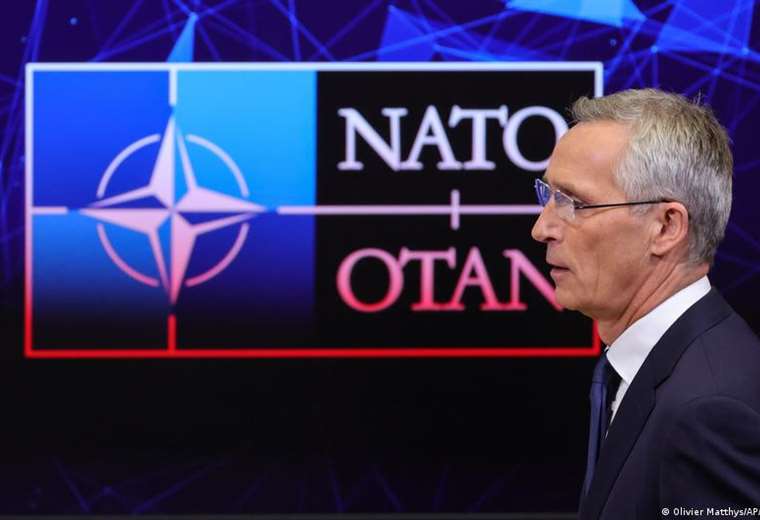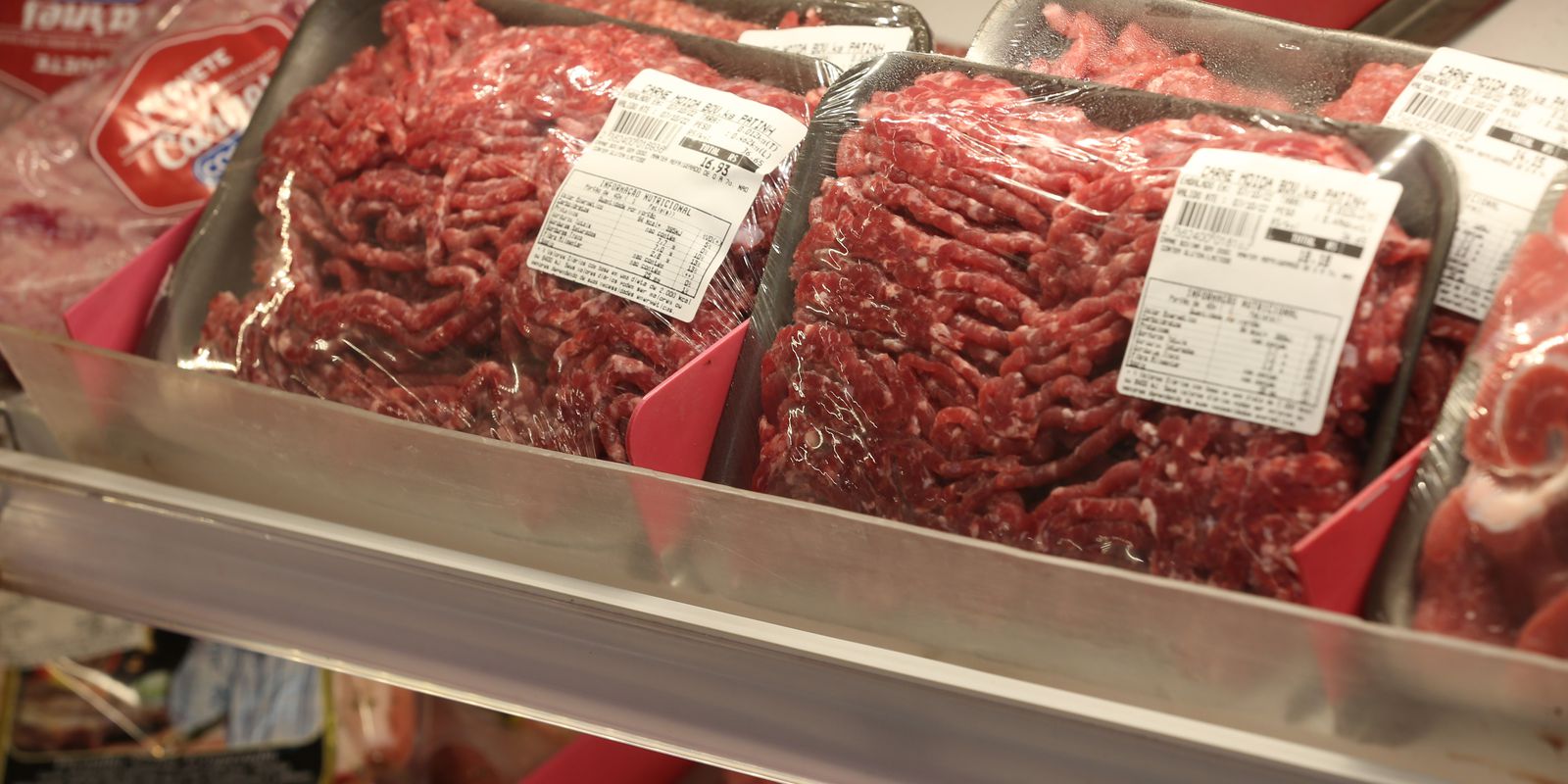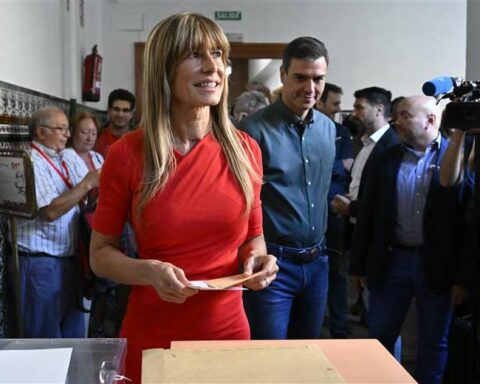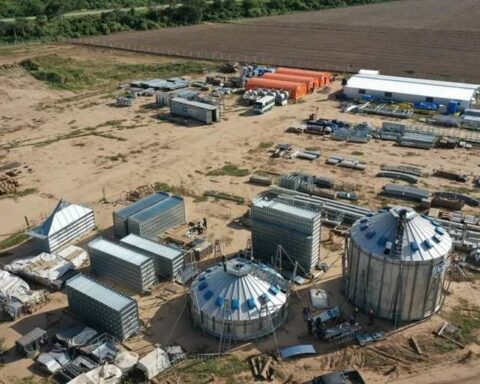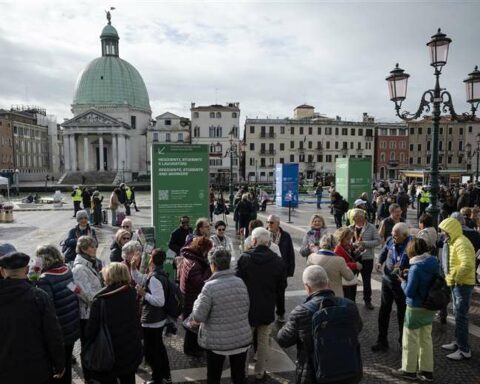October 12, 2022, 13:06 PM
October 12, 2022, 13:06 PM
NATO Secretary General, Jens Stoltenberg, has acknowledged that some allies are sending weapons to Ukraine that they had planned to keep for themselves, something that at least he does not see as a problem. “They have reduced their stocks, but that was the right thing to do, because it is important for all of us that Ukraine wins the battle,” he said ahead of a US-led Ukraine Contact Group meeting of defense ministers in Brussels.
“If the Russian invasion is successful,” Stoltenberg warned, “it will make the world more dangerous and also make us more vulnerable to future Russian aggression.” But, reiterating that NATO will be on Ukraine’s side “as long as it takes,” the secretary-general also noted that “the longer this war goes on, the more important it will be that we can also replenish weapons stocks.”
Ukrainian President Volodimir Zelensky makes it simple for allies to provide their forces with the equipment they need and make up for any possible gaps in their countries: “We must increase the manufacture of arms and ammunition in Europe to always be prepared to defend our common space.” These are objectives that the NATO has long had for its members, but in the absence of a war close by, the allies had not rushed to streamline weapons procurement and achieve greater interoperability. Weapons manufacturing is a slow process, and now that NATO states have to search their warehouses for items to ship to Ukraine, governments are also looking for better ways to replenish those shelves.
Estonia bets it all
Some allies do not expect new solutions to maximize their investments in both Ukraine and NATO. In the October 11 update of the “Ukraine Support Tracker,” kept up to date by the Kiel Institute for the World Economy, the Baltic States and Poland lead the number of contributions compared to their Gross Domestic Product (GDP).
Even more surprising, former Estonian President Toomas Ilves said, is that his country is spending more of its GDP on helping Ukraine than many NATO allies are spending on their own armed forces. Ilves told DW that Estonia shipped its entire collection of Javelin anti-tank missile systems to Ukraine.
Tallinn has made a clear calculation, explains Ilves. “The idea is that every tank, every T-72 that is shot down by an Estonian javelin in the Ukraine is a T-72 that we don’t have to shoot down with our javelins on our territory.”
Referring to allies restricting their aid, Ilves said “Ukrainians are, in a sense, fighting a battle for all of us and it’s a shame there are countries that don’t understand this.”
Ukraine: Fighting as NATO’s Informal Flank?
Speaking to DW from kyiv, Ukraine’s former foreign minister Pavlo Klimkin agreed that this is how the situation is seen from Ukraine, which he calls “the real eastern flank of NATO, albeit an informal one.”
Klimkin says that supplying weapons is a matter of “credibility” for the West, not only with regard to deterring Russia, but also China and any other potential aggressors. The former Ukrainian minister is exasperated that kyiv’s requests for tanks and planes are “too politically sensitive” but he hopes resistance in Western capitals will be overcome. That also applies to bringing Ukraine into NATO’s “formal” eastern flank status once the war is over, in the event of a Ukrainian victory.

